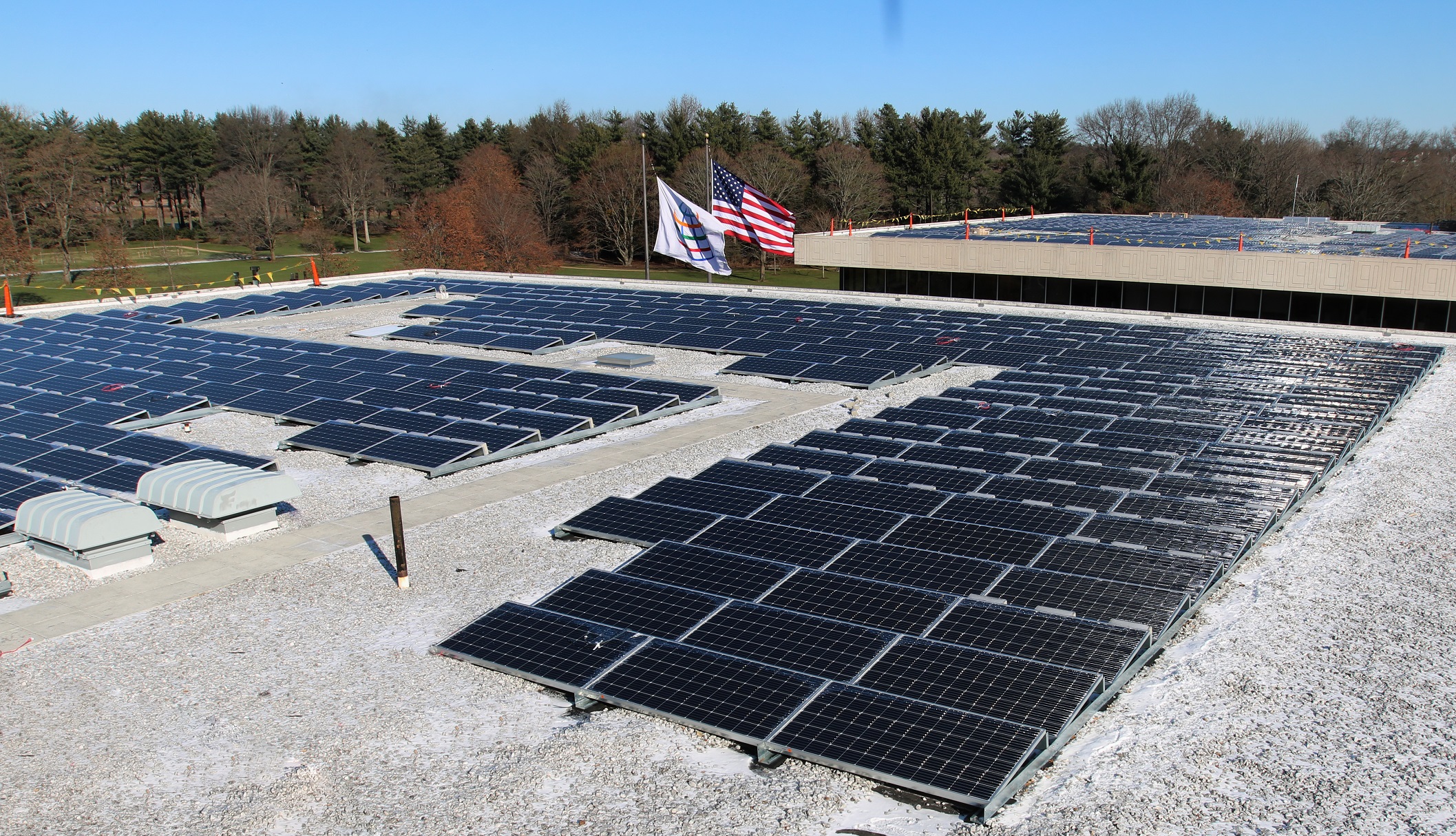A cohort of American solar power stocks and exchange traded funds saw substantial losses this week.
The slide is attributable to the public becoming aware that the Senate version of Donald Trump’s One Big Beautiful Bill Act would phase out renewable energy tax credits. If passed, this would occur by 2028, thereby threatening profitability significantly.
American solar operators currently benefit from a 30 per cent reduction in taxes on qualified project costs in adherence with International Trade Commission (ITC) regulations. Losing this benefit would be a major setback for their businesses.
Sunrun Inc (NASDAQ: RUN) (FRA: 3S9) felt the impact immensely, declining by over 40 per cent on the Nasdaq during Tuesday’s trading session. Israel-based American solar operator Solaredge Technologies Inc (NASDAQ: SEDG) (FRA: 2ED) was hit hard as well, slipping by more than 33 per cent. Meanwhile, Enphase Energy Inc (NASDAQ: ENPH) (FRA: E0P) slid by over 24 per cent and First Solar Inc (NASDAQ: FSLR) (ETR: F3A) observed a decline of nearly 18 per cent.
The drop was accompanied by bearish analyst predictions, particularly for Sunrun. GLJ Research and Jefferies Financial Group Inc (NYSE: JEF) are both recommending that shareholders sell their $RUN stock following the negative development.
“The earlier House version of the tax bill called for ending rooftop solar incentives at year-end 2025, but there were expectations in the market that the Senate would make positive changes,” said Morningstar analyst Brett Castelli. “This turned out not to be the case, sending rooftop solar equities—Enphase, SolarEdge, and Sunrun—tumbling.”
For ETFs, the Invesco Solar ETF (NYSEARCA: TAN) was hit the worst, falling by over 9 per cent during market hours.
U.S. Senate has released their version of the new tax bill, energy credit provisions have changed:
Wind & solar tax credits will begin phaseout in 2026 & will receive zero investment tax credits by 2028.
Nuclear, hydropower & geothermal will see tax credits extend to 2036. pic.twitter.com/6wk2vfu5Ml
— Stock Talk (@stocktalkweekly) June 16, 2025
Read more: SolarBank accelerates Nova Scotia’s clean energy push with community solar project
News follows robust U.S. solar industry growth in Q1
Despite the unfortunate news coming out of Washington this week, the first quarter of 2025 was one of the best of all-time for solar installations. They collectively added 10.8 gigawatts of direct current capacity to the nation’s grid, according to the Solar Energy Industries Association (SEIA).
Texas was the main contributor at 2.7 gigawatts (GW), followed by Florida.
Additionally, the country bolstered its solar module manufacturing capacity by adding added 8.6 GW during the quarter, bringing the domestic total to 51 GW.
Solar accounted for 69 per cent of new electricity generation technology installed in the U.S. during the three-month period.
The 30 per cent ITC tax credit was a key catalyst enabling this growth.
Now, the proposed abandonment of this incentive could potentially lead to a 25 per cent reduction in the number of solar installations throughout the United States in the years to come, as highlighted by the SEIA.
Nonetheless, before this new budget cut proposal, research firm Wood Mackenzie and the SEIA both said that the percentage of electricity generated by solar in the U.S. would rise from 4.8 per cent currently to approximately 11 per cent by the end of the decade.
The U.S. Senate 🇺🇸 plans to end solar 🌞 and wind 🌬️ tax credits by 2028.
GS sees it as relatively positive for manufacturing-heavy firms First Solar, Nextracker & Array — but negative for residential players Sunrun, Enphase & SolarEdge.$FSLR $NXT $ARRY $RUN $ENPH $SEDG pic.twitter.com/BnLagd3Jga
— The Future Investors (@ftr_investors) June 17, 2025
Read more: Nuclear stocks surge as Trump signs orders to fast-track deployment
Follow Rowan Dunne on LinkedIn
rowan@mugglehead.com













